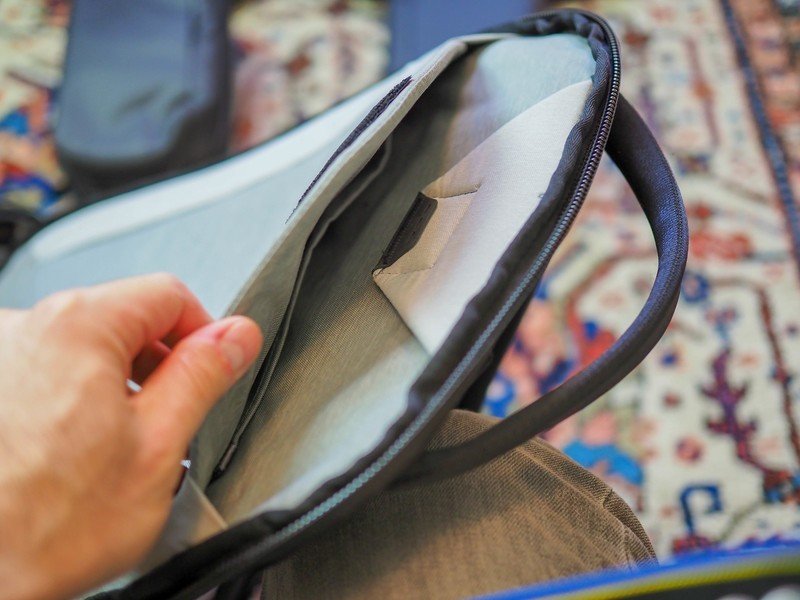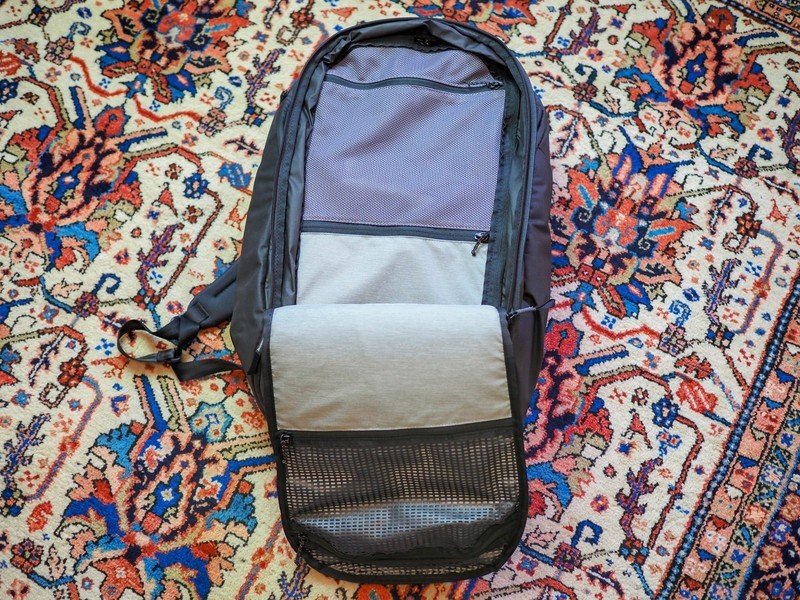Peak Design's Travel Backpack is the most versatile overnight bag I've used

There's something incredibly satisfying about being able to stuff everything you need for a short trip in one bag. Especially when that bag doesn't need to be checked as luggage and can easily fit into an overhead compartment on most flights.
Peak Design, the San Francisco-based bag maker we've covered many times on the site, is about to close its latest Kickstarter, and the bag it's selling has quickly become, over the course of a month or so, the most versatile travel bag I've ever used. It's not cheap, but like a great pair of shoes or a nice suit, treated well this thing should last years.
Peak Design Travel Backpack What it is

This company doesn't need my help convincing people that its bags are desirable; the Kickstarter has raised over $4.6 million so far, eclipsing its modest $500,000 goal. (In reality, the company doesn't really need to "raise" money on Kickstarter for production, as many upstarts do.
Instead, like Pebble and other well-known brands, it uses Kickstarter as a way to gauge first-run interest and to more easily market its products.)

Nevertheless, the lowdown is pretty simple: this is a 45-liter bag designed with the same principles as the company's smaller backpacks and slings. That means super high-quality construction with 400d tear-resistant nylon, reinforced waterproof zippers, multiple handles for whatever orientation you like, pocket galore, and easy side entry.
When I travel I rarely bring a suitcase unless absolutely necessary; even week-long trips are doable in an overnight bag. And while I have a few duffels or larger backpacks that could fit a decent amount of clothes gear, the Travel Backpack was revelatory in its intuitiveness.




Along with a pre-production version of the bag, Peak Design sent over small and medium packing cubes, and its new tech pouch and wash pouch. While these are sold separately, you can buy them in a bundle with the bag and save quite a bit of money during the Kickstarter over their individual retail prices, which are set to go live in December.
Get the latest news from Android Central, your trusted companion in the world of Android
It's an expensive investment, but like all good luggage, it will make its value known quickly.
The packing cubes are great — I discovered the incredible utility of packing cubes during a three-week trip to Barcelona and South Africa earlier this year — and the pouches are certainly useful, though probably not necessary. I didn't get to try the camera cube, the function for which Peak Design became famous.
By default, the bag has a maximum capacity of 35 liters, which is around the maximum size of most carry-on bags at a typical airline. There's an expansion zipper that expands that size to 45 liters should you need it, but on the two trips where I used the Travel Backpack I found I didn't need it. The main compartment doesn't expand — it's the front mesh area that does, allowing for additional pouches and smaller items should you require more space.


Given that the backpack also functions as a duffel, I appreciate the fact that it can be carried a number of ways, using the shoulder straps (obviously) or, for a cleaner appearance, with the shoulder straps hidden and the rear, top, or side handles.
The main compartment has a laptop sleeve, too, and there are so many little pockets and compartments for everything you might need. The main zippers themselves are also pickpocket-resistant, as they can be pushed into the bag itself to put them out of reach of wily hands.
Peak Design Travel Backpack Why you should buy it

I really like this bag and plan to use it for most of my shorter work trips going forward. At $235, it's not cheap — it's $400 with the packing tools bundle — but if you travel a lot you probably don't need to be told the value of good luggage. After the Kickstarter campaign, those prices are going up to $300 and $545, respectively, so if you're going to buy the bag, do it, like, now.

Daniel Bader was a former Android Central Editor-in-Chief and Executive Editor for iMore and Windows Central.
